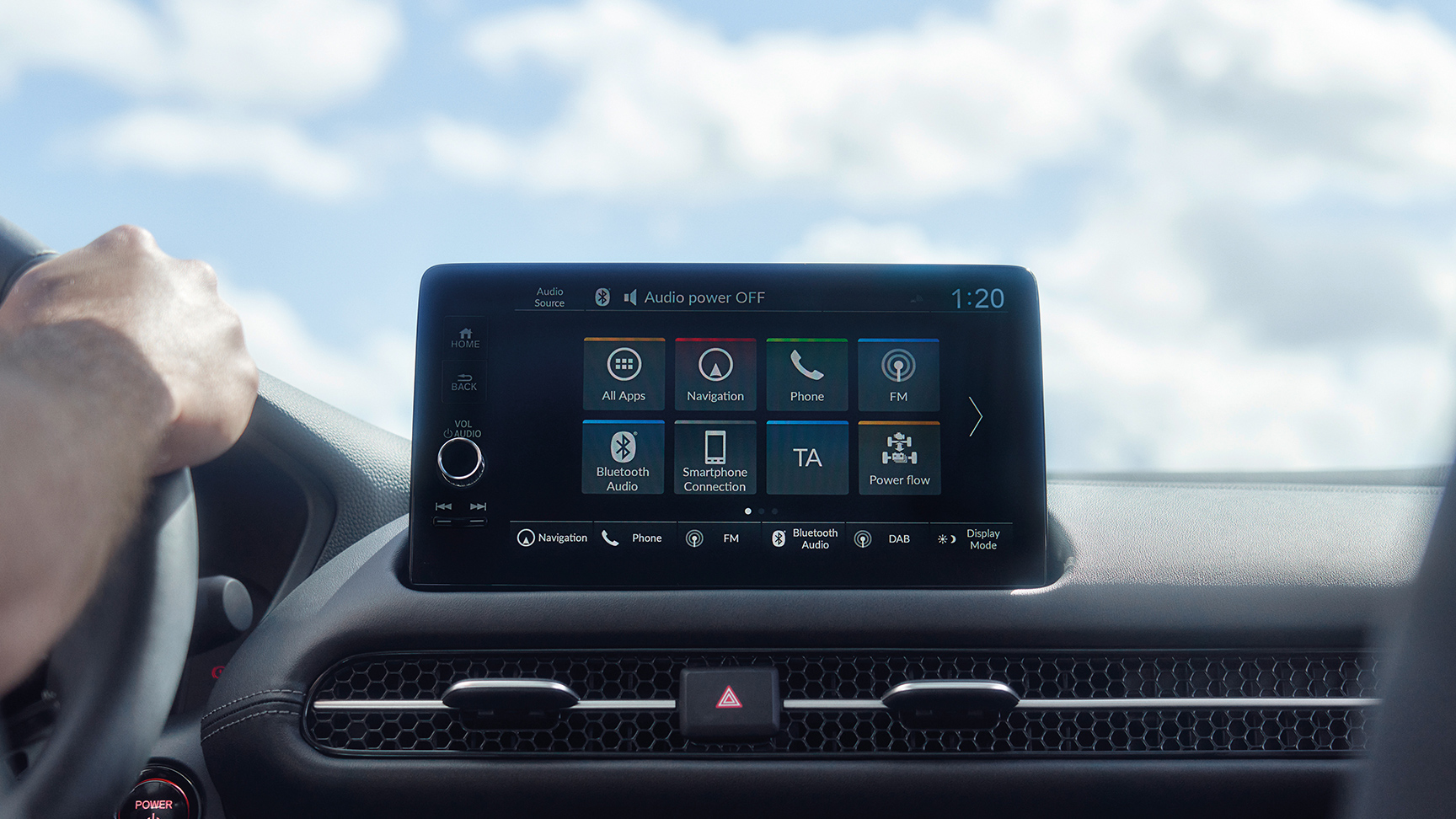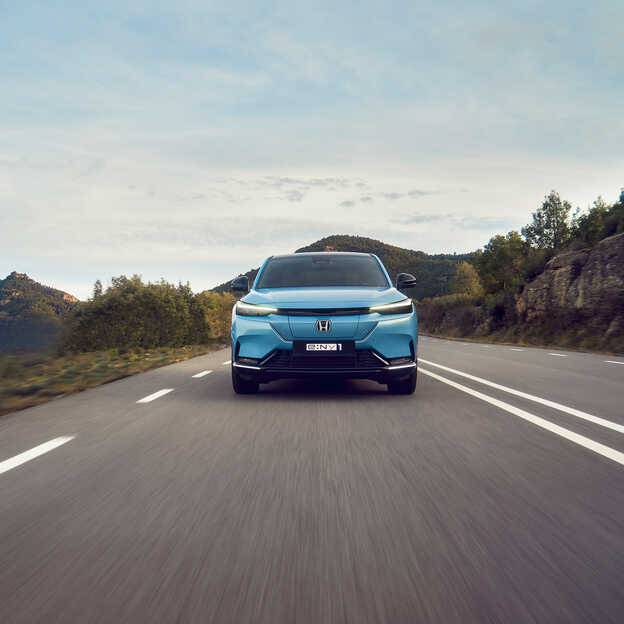Electric car range explained: how far can they go?
Before switching to EV, you may be wondering how far an electric car can go on a single charge? What can affect its range? And will this impact your daily activities like commuting, shopping or the school run?
Let's explore in more detail.
Electric car range has greatly improved over the past decade, thanks to advancements in battery technology. Today, many electric vehicles (EVs) offer a range that rivals traditional cars, providing the freedom and flexibility you need for everyday life.
What is the ‘range’ of an electric car?
In simple terms, the range of an electric car refers to the distance an electric vehicle EV can go on a single charge.
When you’re looking into buying an EV, the manufacturer is most likely to disclose the best possible range the car can achieve under “normal” conditions. Calculating the range of electric cars involves determining the distance the car can travel on a single battery charge, taking into account the battery's energy capacity (measured in kWh) and the vehicle's energy consumption rate (typically measured in kWh per mile or kilometre).

However, just like it is for any other car, this number is not always realistic and can vary depending on:
- Driving style
- Weather conditions and temperature
- Route details, such as hilly terrain
- Vehicle payload – the extra weight it is carrying or towing
How have electric car ranges improved over time?
- 19th Century:
Early electric vehicles were limited by primitive battery technology, offering very low ranges, often only a few miles before needing a recharge.
- 1930s:
Electric cars nearly disappeared as internal combustion engines dominated, with little focus on improving range.
- 1970s:
Interest in electric vehicles resurfaced, highlighted by NASA's electric moon rover. However, EVs on Earth still struggled with limited ranges and performance.
- 1990s:
The introduction of the lithium-ion battery marked a turning point, enabling electric cars to achieve ranges of 70-90 miles on a single charge, though charging times were still lengthy, up to 15 hours.
- 2024:
Electric cars with the longest ranges will now go for several hundred miles on a single charge.
How far can today's electric cars go?

Thanks to advances in EV technology, you can drive further with an electric car than ever before. As battery technology continues to improve, the range of electric vehicles is steadily increasing, often making it comparable to that of petrol vehicles. Today’s EVs often achieve 150-300 miles (WLTP-estimated) on a single charge, depending on model and driving conditions.
In real-world terms, this means you could potentially achieve on a single charge:
- Driving from London to Manchester (approx 205 miles)
- 16x local shopping trips or school runs
- A weekly commute from Guildford to Woking — a round trip of approximately 19 miles
*These examples are based on estimated range potential under typical conditions and may vary based on terrain, driving style, and temperature.
How is electric vehicle range calculated?
Electric vehicle range is typically calculated using the WLTP standard, with an average speed of 29mph across urban and motorway conditions. Factors like driving at lower speeds (19 mph) or higher speeds on motorways (81 mph) can affect actual range compared to the WLTP estimate.
What may impact the predicted range of an electric car?
The weather
Cold temperatures can decrease battery performance. Using the heating and air conditioning systems both put pressure on your EV’s range. In near-freezing conditions, electric cars can go 10% to 30% less far on a single charge.
How you drive your electric car
Your driving style can impact how far you can go on a single charge.
Some EVs use regenerative braking to recoup electric energy from braking. This system returns energy to the car’s battery when you brake. You can usually turn the level of regeneration up, down, or off – and this will impact your car’s range.
Smooth and steady driving optimises energy usage and helps extend your electric car’s range. Gradual acceleration and gentle braking contribute to more efficient energy consumption.
Where you drive your electric car
Hilly routes can use more power, especially if you’re travelling uphill. Real-world journeys will have more terrain variation than test conditions.
Unlike petrol or diesel cars, EVs often have more range at lower speeds. So, city driving can yield higher efficiency than motorway driving.
How often you use the electrical car components
The use of various electrical components in your car can impact its real-world range. These include:
- Climate Control:
This is the largest battery drain aside from driving, using about 3-4kW, potentially reducing range by up to 7 miles per hour of use, depending on the vehicle and outside temperature.
- Infotainment systems:
Only a moderate impact on range but larger displays will use more energy.
- LED Lights:
Minimal energy consumption is needed.
- Heated steering wheel and seats:
More efficient than climate control, they can be a better option for conserving energy in winter.

EV range FAQs
1. How long does an electric car battery last?
Electric car batteries typically have a lifespan of 15 to 20 years. Over their lifetime, they can cover a distance between 100,000 miles and 200,000 miles.
2. Are public charging stations common in the EU?
Yes. As of early 2025, the UK has over 60,000 public charging points, with rapid and ultra-rapid chargers available at most motorway service stations. The network continues to expand every month.
Related reading
Honda Electric Range Overview
27.11.25
|
10 min
Understanding UK Government support for EVs

12.08.25
|
10 min
Dispelling 10 common EV myths

15.04.25
Honda 0 series
.jpg/_jcr_content/renditions/c2_r.jpg)
07.10.24
Are all electric cars automatic?

23.09.24
Honda e:PROGRESS

25.03.24
Electric Car Charging in Europe Guide

